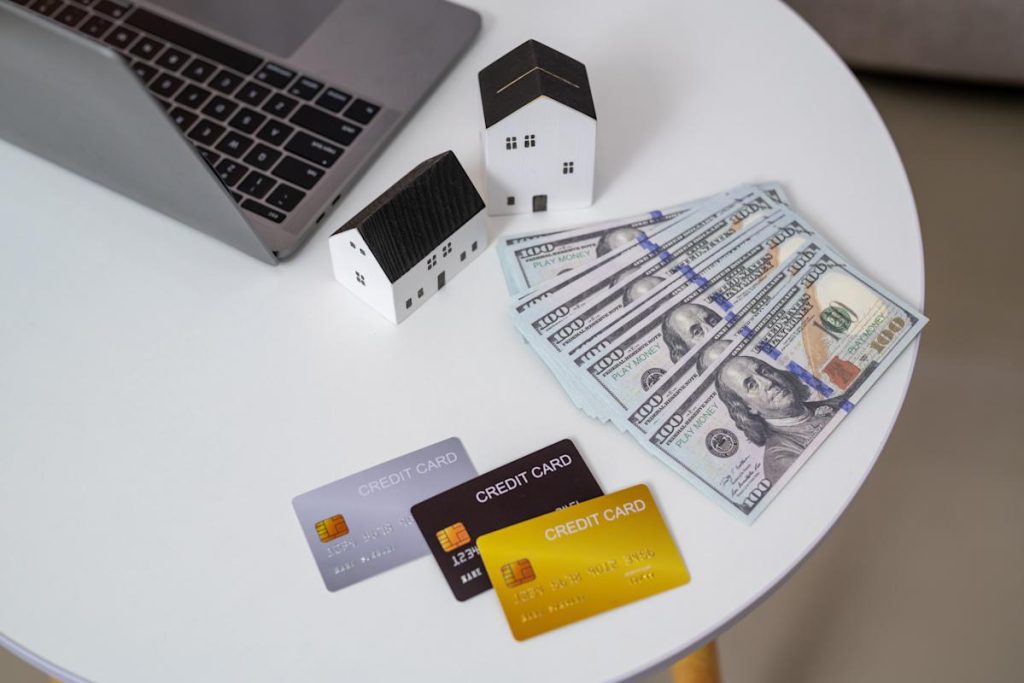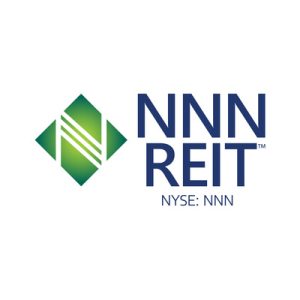
Little by little, you’ve amassed a substantial pile of debt. Now, you’re looking to reduce or, better yet, eliminate that burden. You might even wonder if you should refinance your mortgage to pay off debt.
It’s a good thought — maybe the perfect solution. Paying off debt is the most common reason people get cash-out refinances. According to the Consumer Financial Protection Bureau, more than 40% of borrowers in 2020 and 2021 said the loans were to pay off bills or other debts.
But before you jump in, let’s consider all the angles.
In this article:
A mortgage refinance is a loan swap. You take your old home loan to a lender — it doesn’t have to be the same one that gave you the original mortgage — and apply for a new loan. If approved, the refinance lender issues you a new mortgage loan, and the proceeds from that loan pay off the old one.
There are new fees, another loan closing, a new payment, and a recalculated loan balance.
Read more: Should you refinance your mortgage with the same lender?
There are two ways homeowners can refinance and pay off debt:
With regular payments over the years and some rising market value in your house, you may have some equity. That’s the difference between your home’s value and what you owe. While terms vary by the cash-out mortgage lender you choose, if you have sufficient equity, you can draw some of it as cash and add it back into the new mortgage balance with a cash-out refinance.
If you use some or all of that cash to pay off bills, you’re using debt to pay debt. On the bright side, the mortgage will likely have a lower interest rate than the debt you’re paying off, such as credit cards.
However, your cash-out refinance will likely require payments for 15 or 30 years, amounting to a lot of interest paid over those years. Carefully consider whether you’re improving your debt situation by using a long-term home loan to pay off what should be short-term debt.
A rate-and-term refinance
When you refinance to get a lower interest rate or to change the number of years you’ll pay on the mortgage, it’s called a rate-and-term refinance.
You won’t get a lump sum of money by using this method, but you might lower your monthly mortgage payment. Then, you can use the monthly savings to make debt payments.
If current refinance rates are lower than the interest rate on your existing mortgage, you can save some money on your monthly payment. Extend the term and save even more monthly. The difference between your old and new payments may give you some monthly cash to apply to the debt you’re working to eliminate.
Again, it’s a math puzzle. Ask yourself this: Is it worth paying more interest on the new mortgage over the long term to pay off short-term debt?
A refinance is basically trading in your old home loan for a new mortgage. But before you say goodbye to that old mortgage, consider its interest rate.
It’s hard to give up that rate, and rightfully so. If your interest rate is below the current market rate, you’re way ahead of today’s home buyers. If you’re desperate to tap into that equity to pay off debt, look into the second mortgage solutions we cover below.
Otherwise, if you have enough equity, you might be able to take out money to pay off the debt and shorten the loan term on your cash-out refinance to make up for the higher interest rate you’ll pay.
However, your monthly mortgage payment will rise substantially.
You’re all good. Feel free to get out there, snag a lower mortgage loan rate, and pay off that high-interest debt. However, remember you’re starting over with your home loan debt. Ouch. Go for the shortest payback term you can handle to get back on track building wealth in your home.
Learn more: When does it make sense to refinance your mortgage?
You may have a super-low mortgage rate if you’ve had your loan for a while. Perhaps current mortgage rates are higher, and you don’t want to let go of it with a refinance. What if you could keep your low home rate and pay off your debt? You can.
According to CoreLogic, Americans gained a little over $4,000 in home equity, on average, in 2024. That money keeps growing virtually inside the walls of your home. Getting to it is the challenge.
If you don’t want to lose the current interest rate on your original mortgage with a refinance, you can consider a second mortgage. It’s another home loan with a new interest rate. Yes, you’ll have two mortgages, but remember — you get to keep that excellent interest rate on your current loan. Second mortgage options include:
-
Home equity loan: This is a second mortgage paid in a lump sum. It’s perfect for eliminating that chunk of debt.
-
Home equity line of credit: This is another second mortgage option, but a HELOC lets you draw from your equity as you need it. Pay it down; use it again. Very handy.
-
A balance transfer card. You may have already spun this wheel a time or two. If not, a low introductory rate on a new credit card and transferring the balance from a higher-interest-rate card may be worth a try.
-
A debt consolidation loan. It’s a personal loan approved with your signature. Watch out for that interest rate, though — personal loan rates tend to be higher than mortgage refinance rates.
-
Credit counseling. Working with a professional credit counseling agency can help reduce debt and negotiate settlements with creditors.
-
You’re likely to reduce interest charges. Mortgages charge lower interest rates lower than the typical credit card.
-
If you itemize your deductions on your tax return, paid mortgage interest is tax deductible. Consumer credit is generally not. Talk to a tax advisor to learn more.
-
You stretch your payments over many years, reducing your monthly debt load.
-
By spreading your payments out over multiple years, you increase the total interest you pay.
-
Most importantly, you’re putting your home up as collateral for whatever you paid with credit cards, student loans, or personal loans. If your financial situation sours, you could suffer foreclosure and lose your home. There can be legal consequences for not repaying those other unsecured loans, but you wouldn’t lose your house.
-
Refinancing can be expensive. You’ll pay up-front closing costs again. Remember those from your first mortgage? You’ll want to stay in your home long enough to recoup those expenses.
Refinancing your mortgage to repay debt will likely improve your credit score gradually. Research by the CFPB found a steep improvement in credit scores immediately after a cash-out refinance — followed by a slow decline. Ultimately, on average, credit scores remained above pre-cash-out refi levels.
You can if you have enough equity in the home. Most lenders will look for about 20% equity. According to the CFPB, the median combined loan-to-value ratio (CLTV ratio) for cash-out refinances from Q1 2013 to Q1 2023 was 70% (equaling 30% equity).
The biggest reason not to refinance to pay off debt is that you’re moving unsecured debt to a loan guaranteed by your house. Missing payments on secured debt is much riskier than missing payments on unsecured debt. Some other reasons you shouldn’t refinance to pay off debt include: You plan to move soon, your interest rate is lower than the market currently offers, the closing costs are higher than the debt you want to pay off, or you are close to paying off your mortgage.
This article was edited by Laura Grace Tarpley.



